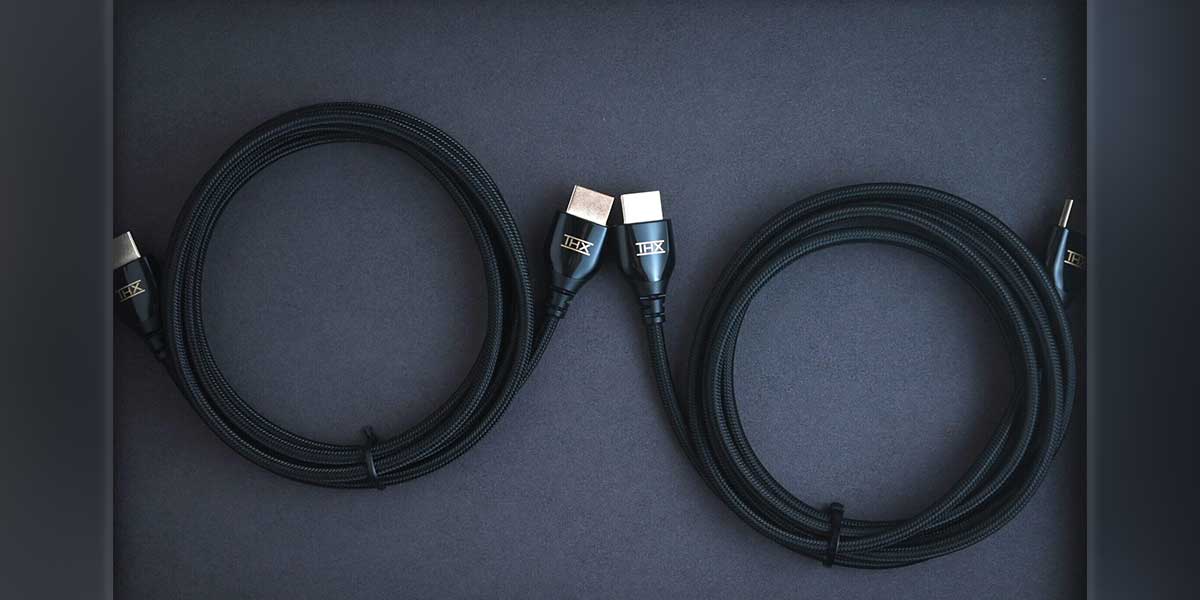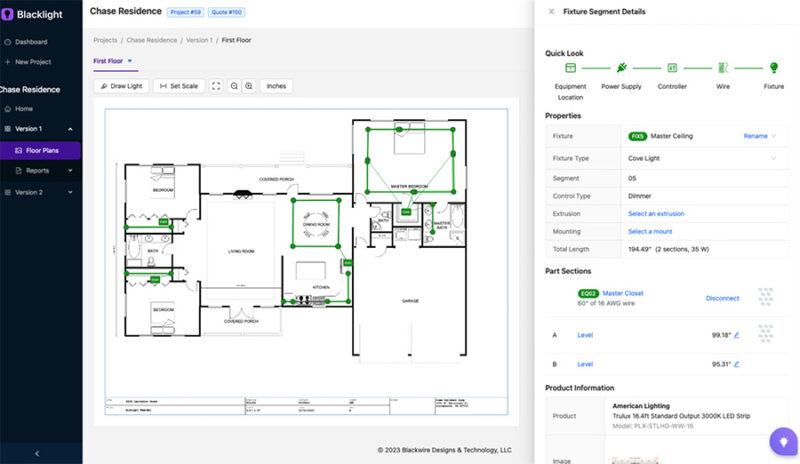THX Ltd Launches THX Interconnect Ultra High-Speed HDMI 2.1 Cables

THX Ltd today announced it is launching THX Interconnect, designed in partnership with Pixelgen. THX Interconnect is a family of Ultra High Speed HDMI 2.1 cables that THX claims are capable of delivering 100% uncompressed 48Gbps signaling to optimize the fidelity and reliability of nearly any sized or configured home theater system. THX is also relaunching its home theater installer THX Certified Training series.
Utilizing Pixelgen’s PXLGLASS Hybrid Fiber/Copper technology, the THX Interconnect cables maintain the smallest cable diameter possible regardless of length when crossing over from copper to long-reach optical fiber requirements, making installation and management “easy and effective.”
THX Interconnect Ultra High Speed HDMI cables support the maximum 8-10K resolutions at 60 frames per second and include:
- THX Interconnect (Copper) short-range cable for six sizes: 0.5m (1.64 ft), 1m (3.28 ft), 1.5m (4.92 ft), 2m (6.56 ft), 3m (9.84 ft), 5m (16.4 ft); and
- THX Interconnect (Copper + Optical Fiber with embedded PXLGLASS Technology) long-range cable for three sizes: 7.6m (24.9 ft), 10m (32.8 ft), 15m (49.2 ft).
- THX Interconnect cables are thin, flexible and robust. With any signal transmission method (0.5-to-5m Copper-based or 7.6m-to-15m
PXLGLASS Optical, each cable provides the following:
- 100% uncompressed signal delivery up to 8K60 48Gbps.
- Total HDMI 2.1b Protocol Functionality including Enhanced Audio Return Channel (eARC), Consumer Electronics Control (CEC), Dynamic HDR (High Dynamic Range), HDCP (High bandwidth Digital Content Protection) 2.X as well as all new gaming-centric features, VRR (Variable Refresh Rate), QMS (Quick Media Switching), ALLM (Auto Low Latency Mode) and QFT (Quick Frame Transport).
- Ultra High-Speed HDMI Cable Certification (HDMI 2.1b Category 3 for Optical lengths) with scannable official UHD label affixed to packaging.
- Internally validated to THX Certified 8K Interconnect Standards; maximized 8K HDMI equipment interoperability, in-system reliability, stringent fitness-to-application testing, hot-plugging, power sequencing and time-lapsed pixel error testing.
- Smallest cable diameter possible, ensuring minimal bend radius and encouraging maximum flexibility without compromising reliable signal delivery.




